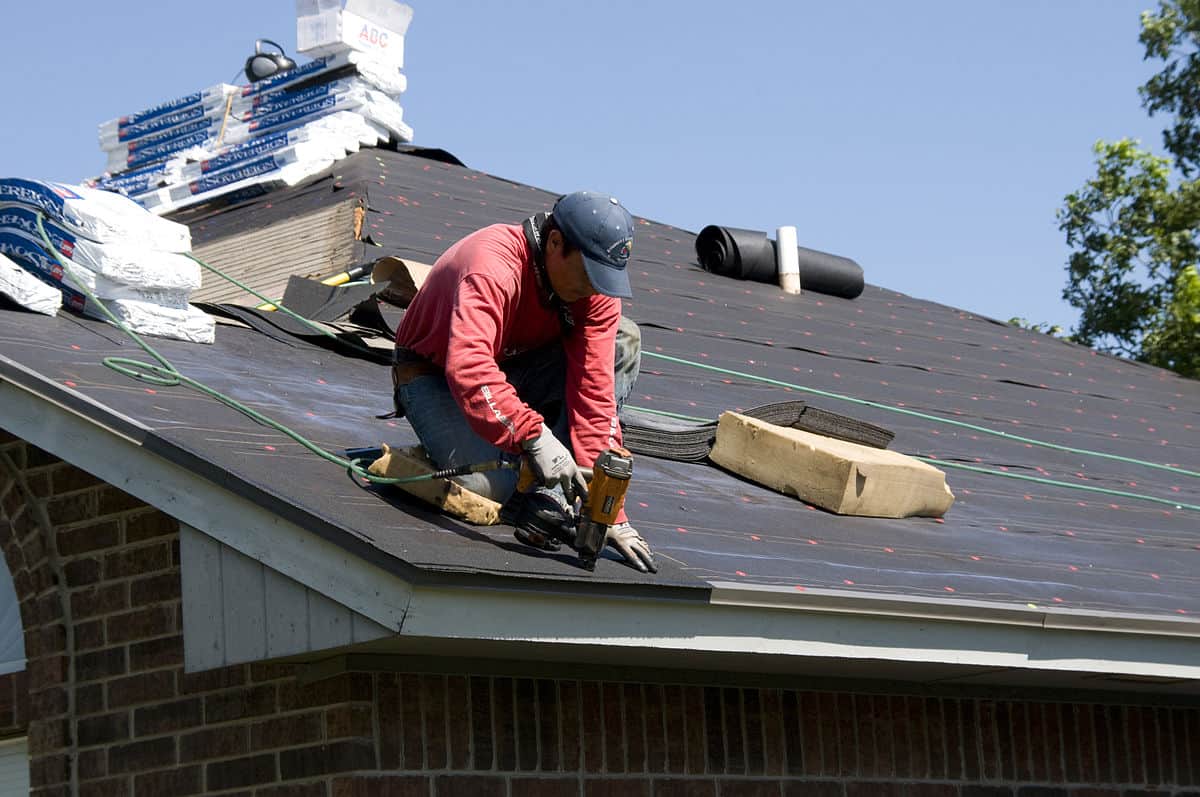Just How Gainesville Roofing Companies Can Transform Your Home's Exterior
Just How Gainesville Roofing Companies Can Transform Your Home's Exterior
Blog Article
Best Practices for Ensuring Correct Roof Covering Air Flow
A balanced consumption and exhaust vent ratio, generally 1:300, plays a critical role, with consumption vents ideally positioned at the reduced edge of the roof covering for great air entrance and exhaust vents at the optimal for cozy air leave. Keeping insulation away from vents is critical to prevent airflow constraint.
Understand Ventilation Fundamentals
Correctly recognizing air flow basics is essential for making certain the long life and performance of roof covering systems. Effective ventilation minimizes moisture buildup and temperature level extremes in the attic, both of which can cause substantial structural damages with time. A well-ventilated roofing system aids in preventing common problems such as mold and mildew development, wood rot, and ice dams, which can endanger the integrity of the roofing materials and the underlying frameworks.
The primary objective of ventilation is to promote the activity of air, allowing for a regular exchange in between the indoor and outside atmospheres. This equilibrium is achieved via a mix of consumption and exhaust vents that collaborate to keep optimum air movement. Intake vents, normally located along the eaves or soffits, enable fresh air to get in the attic room area, while exhaust vents, commonly situated at or near the roof covering ridge, allow warm, damp air to leave.
Key aspects influencing the performance of roofing air flow include proper placement, ample sizing, and making sure that both intake and exhaust vents are unobstructed. Normal evaluation and upkeep are important to recognize prospective clogs, damage, or inefficiencies in the air flow system, thereby protecting the roof covering's performance and durability.
Kinds Of Roofing Vents
Roof covering vents play a crucial duty in keeping efficient attic room air flow and, by extension, the total health of the roofing system. Various kinds of roof covering vents are available, each with one-of-a-kind advantages tailored to specific roofing demands. Ridge vents, for example, are set up along the roof's height, permitting cozy, moist air to get away from the attic room. They provide continual ventilation and mix flawlessly with the roofline, making them both efficient and visually pleasing.

Soffit vents are mounted under the eaves and operate in tandem with roof covering vents to guarantee a well balanced intake and exhaust system. By allowing cooler air to go into from below, soffit vents assist in the expulsion of hot air through upper vents. Gable vents, situated on the exterior wall surfaces of the attic, offer one more effective solution, particularly in homes with saddleback roofs.
Examine Your Existing Ventilation

Following, think about the age and problem of your roof visit here materials and ventilation components. Older systems may not follow present building ordinance or may have worn away in time, lowering their effectiveness. Conduct a complete evaluation to identify any indications of damage, such as corrosion, damages, or gaps that can endanger the system's efficiency.
Furthermore, determine the attic room temperature level and moisture levels. Heats and moisture can suggest insufficient air flow - gainesville roofing companies. Make use of a hygrometer and thermometer to get precise analyses, contrasting them with outside problems. Persistent disparities suggest possible problems that need dealing with.
Setup Best Practices
Effective setup of roof air flow systems is paramount for guaranteeing optimum efficiency and longevity. Appropriate installation starts with comprehending the details air flow requirements of the roof and the building it covers. This includes determining the right proportion of consumption to exhaust vents, normally adhering to the 1:300 guideline, which states one square foot of air flow for each 300 square feet of attic floor space.

Consumption vents must be mounted at the roof covering's reduced side, typically in the soffits, to enable cool air to enter. Exhaust vents, on the various other hand, must be set up near or at the roof covering's top to promote the exit of cozy, moist air.
Seal all vent connections diligently to avoid air leaks and prospective water seepage. Usage high-quality materials and follow supplier guidelines to make sure toughness and efficiency. In addition, incorporating ridge vents with baffles can significantly enhance air movement performance by preventing wind-driven rainfall and snow from going into the attic.
Ultimately, accurate installation of roof covering ventilation systems reduces potential issues such as mold and mildew development, ice dams, click now and structural damage, making sure the roof's integrity and the structure's general wellness.
Normal Upkeep Tips
Uniformity in maintenance methods is basic to guaranteeing the long-term effectiveness of roof ventilation systems. Throughout these examinations, make certain that vents are free of particles, nests, and other obstructions that might impede air flow.
Use a soft brush or a vacuum cleaner to remove dust and debris from consumption and exhaust vents. Be cautious not to damage the air vent screens or louvers during the procedure.
Appropriate insulation is similarly vital. Guarantee that go to my site attic insulation does not obstruct the vents, as this can drastically restrict air movement. If any insulation has shifted or worked out, rearrange or change it to maintain an efficient obstacle.
Lastly, change any kind of harmed or missing elements immediately. Busted vents, broken roof shingles, or shabby flashing can all add to insufficient air flow and ought to be attended to without hold-up. Regular upkeep guarantees that the roof air flow system works optimally, therefore extending the life expectancy of the roofing itself.
Verdict
Guaranteeing proper roofing ventilation is paramount for keeping the performance and sturdiness of a roof. Adherence to the 1:300 intake and exhaust air vent ratio, coupled with the strategic placement of vents, is important. Regular biannual assessments, particles cleaning, and making sure insulation does not obstruct air flow are vital practices. Carrying out these finest techniques will foster a well-ventilated roof covering system, thus mitigating potential issues associated to moisture accumulation and extreme heat, inevitably lengthening the roofing's lifespan.
A balanced consumption and exhaust air vent ratio, commonly 1:300, plays an essential role, with consumption vents ideally placed at the lower side of the roof for awesome air entry and exhaust vents at the top for warm air departure. Intake vents, commonly located along the soffits or eaves, allow fresh air to get in the attic area, while exhaust vents, frequently positioned at or near the roofing ridge, enable hot, humid air to escape.
Soffit vents are mounted under the eaves and work in tandem with roofing system vents to guarantee a well balanced intake and exhaust system. By enabling cooler air to go into from below, soffit vents promote the expulsion of hot air via top vents. Adherence to the 1:300 consumption and exhaust air vent ratio, combined with the strategic placement of vents, is necessary.
Report this page